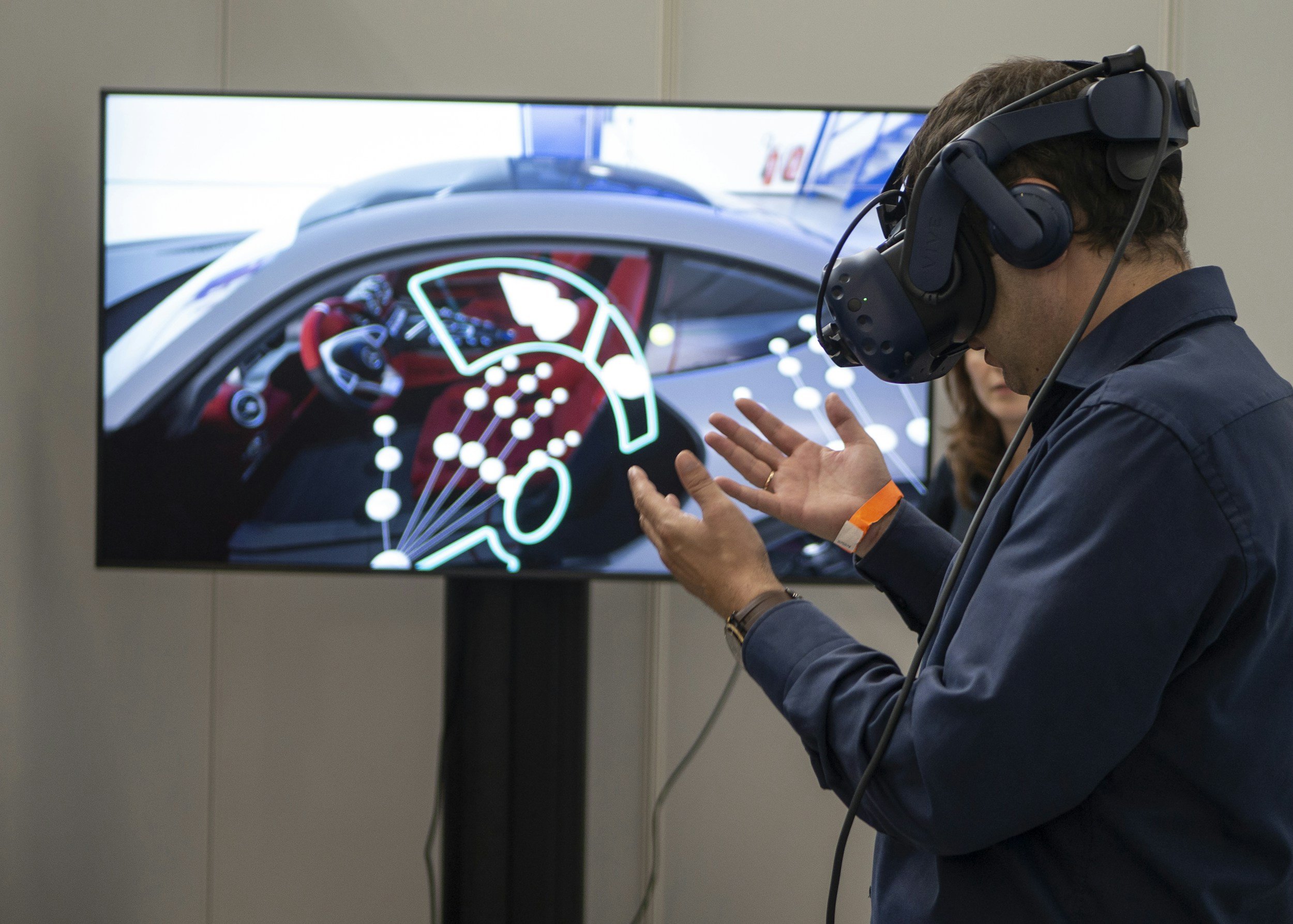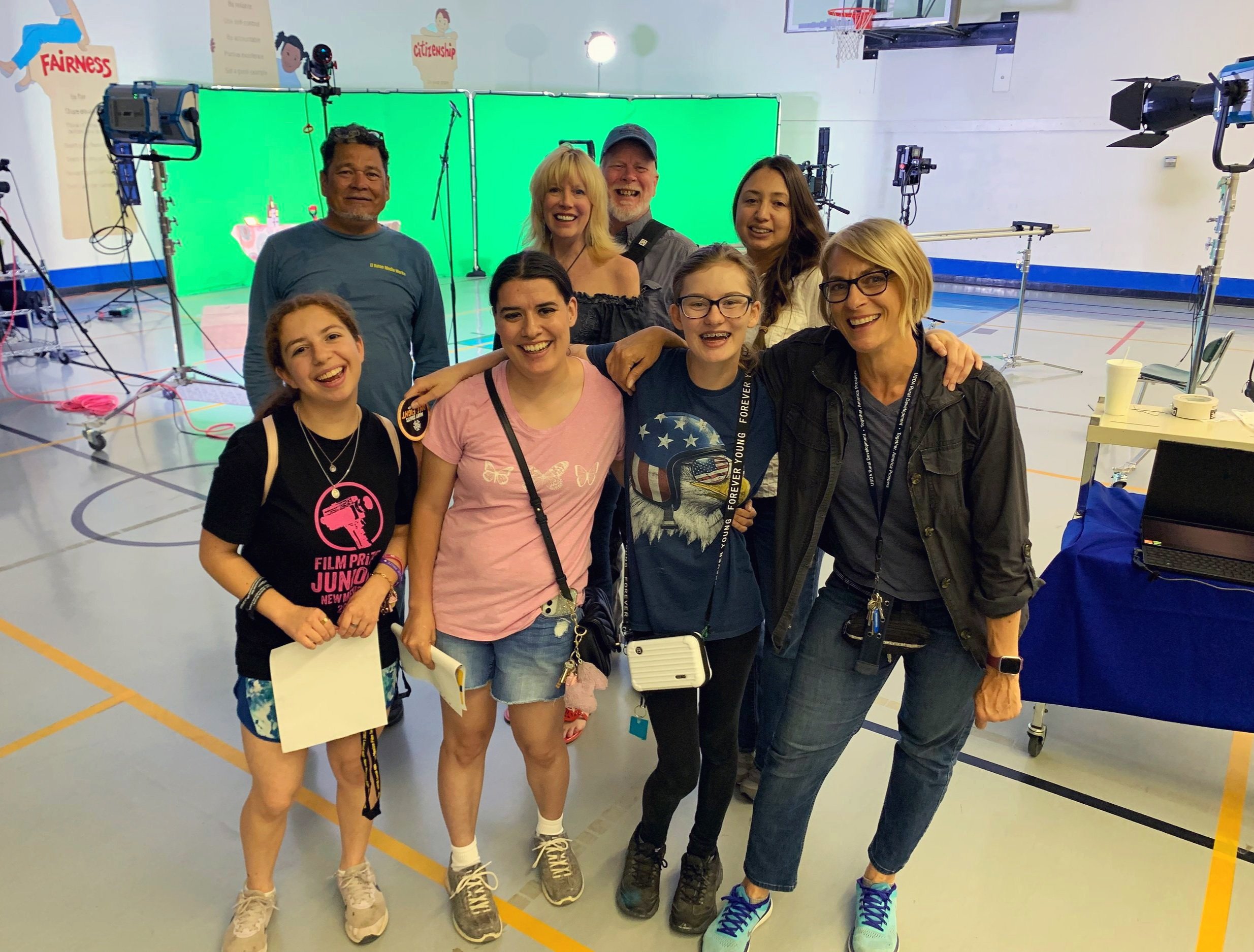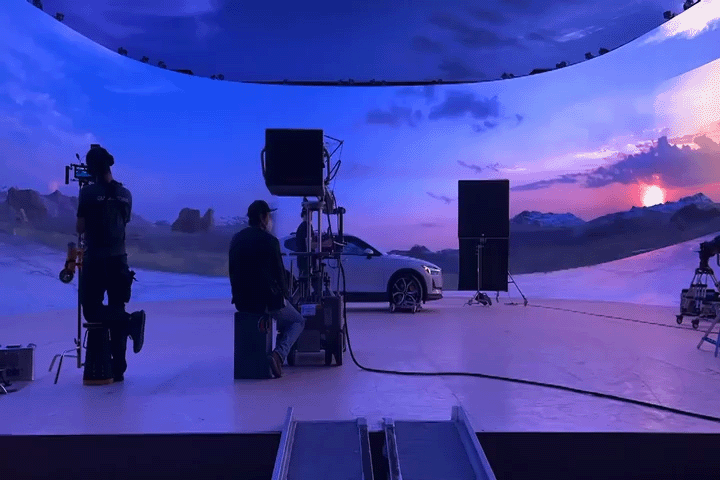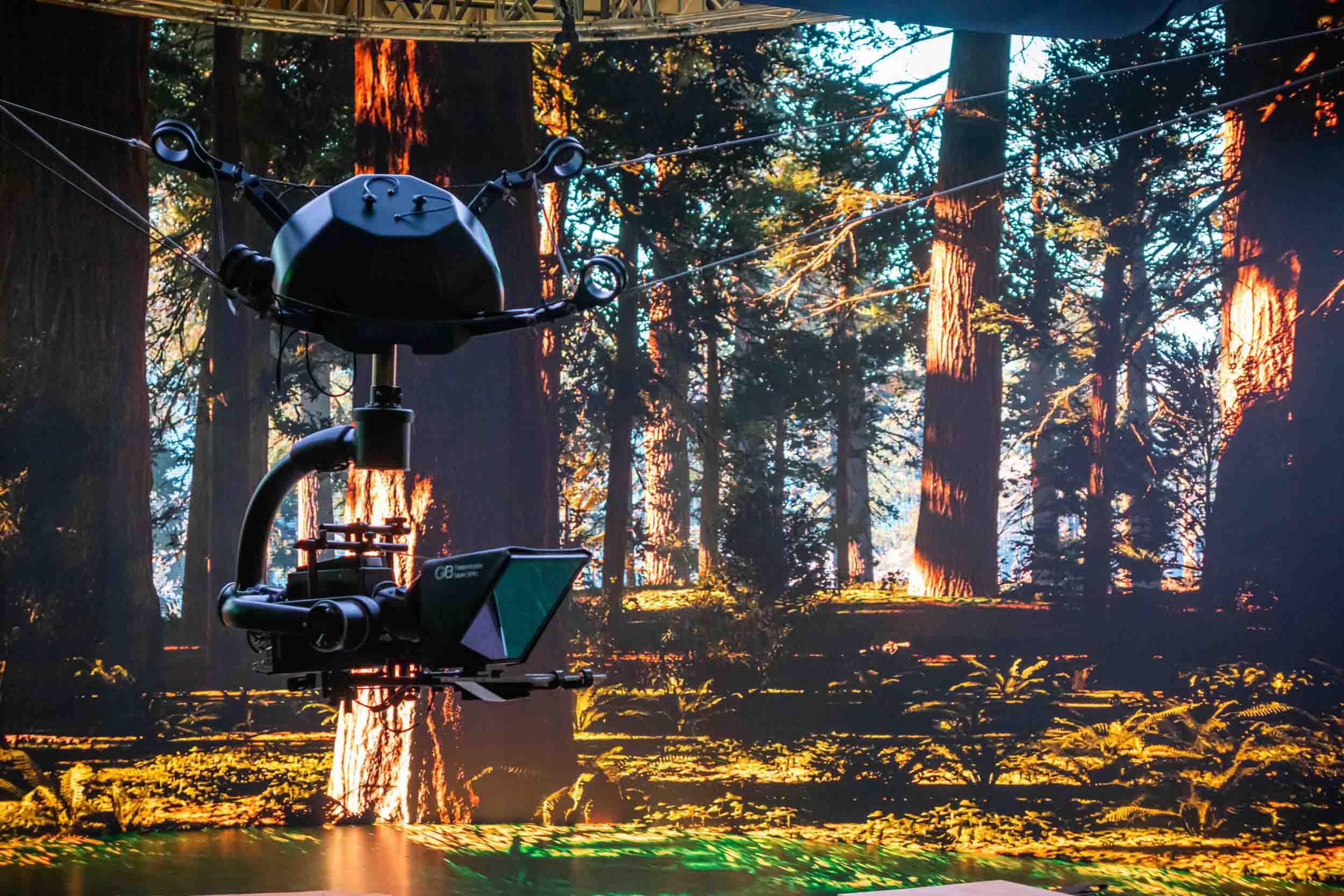A Brief Historical Timeline: From Film to XR
By ERMW Team
Thursday, May 30, 2024
In the world of entertainment, technology has always played a crucial role in shaping the way we experience films. From the early days of cinema to the cutting-edge advancements of Extended Reality (XR) technology, the industry has come a long way. Let's take a journey through time, exploring the significant milestones that have led us to the present day.
The First Film: The birth of cinema can be traced back to the late 19th century when the Lumière brothers premiered the first projected motion picture in 1895. This revolutionary invention paved the way for the development of storytelling through moving images.
The Silent Era: In the early years of the 20th century, silent films dominated the silver screen. Without synchronized sound, these movies relied heavily on visual storytelling and exaggerated gestures to convey emotions. Legendary figures like Charlie Chaplin and Buster Keaton became iconic during this period.
Introduction of Sound: The 1920s marked a turning point with the introduction of synchronized sound in films. "The Jazz Singer," released in 1927, was the first commercially successful talking motion picture. This breakthrough allowed for dialogue and sound effects to be integrated, enhancing the cinematic experience.
Color Takes Center Stage: The 1930s brought another significant innovation to the film industry – the introduction of color films. Movies like "The Wizard of Oz" and "Gone with the Wind" showcased the stunning visuals that color could provide, transporting audiences into vibrant worlds.
The Rise of Special Effects: As technology progressed, so did the ability to create awe-inspiring visual effects. In the 1970s, films like "Star Wars" revolutionized the industry with their groundbreaking use of practical and computer-generated effects. This era marked the beginning of a new era in visual storytelling.
Digital Revolution: In the 1990s, digital technology started to reshape the film industry. Films like "Jurassic Park," which featured lifelike computer-generated dinosaurs, demonstrated the immense potential of digital effects. The ability to manipulate imagery on a computer opened endless possibilities and paved the way for future technological advancements.
XR Technology: Today, we find ourselves at the cusp of another technological revolution – XR (extended reality) technology. XR encompasses virtual reality (VR), augmented reality (AR), and mixed reality (MR), creating immersive experiences that blur the line between the real and the virtual. From interactive gaming to immersive movie experiences, XR technology is reshaping the way we consume media. Some notable projects that you may have come across are “Pokemon Go” which uses augmented reality and “The Mandalorian” which was filmed in an XR Volume.
It's evident that innovation has always been a driving force in the film industry. From silent films to color, from practical effects to digital wizardry, each advancement has pushed the boundaries of what is possible. And with XR technology continuing to evolve, the future holds endless possibilities for filmmakers and audiences alike.
Want to learn more?
Read our past articles on XR or join us on June 8th in Raton to gain some hands-on experience at the Pop-Up @ Kearny!



















